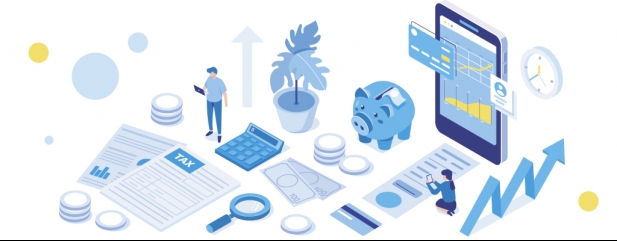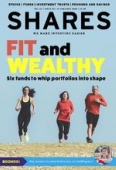Archived article
Please note that tax, investment, pension and ISA rules can change and the information and any views contained in this article may now be inaccurate.
What are the paying-in rules for an untouched SIPP?

I have two SIPPs and one defined benefit pension. This year I have withdrawn the 25% tax-free lump sum from one of my SIPPs and later this tax year, when I reach 70, I will have to draw on my defined benefit pension.
What is my maximum contribution to the SIPP which has not yet been accessed? Is it £4,000 or £40,000?
With my defined benefit pension, does it make financial sense to take the 25% lump sum or leave it all in the pension scheme to give a higher annual pension? I do not need the cash and would invest any that I drew down. My marginal tax rate this year is 45% but it will drop to 40% next year.
Nicholas
Tom Selby, AJ Bell Head of Retirement Policy says:
The maximum you can pay into your pension(s) each year will depend on your personal circumstances and apply across all your registered pension schemes. In 2021/22 the maximum annual allowance anyone can enjoy, including employer contributions, personal contributions and tax relief, is £40,000.
Personal pension contributions that benefit from tax relief are limited to 100% of your earnings. The £4,000 money purchase annual allowance or MPAA only kicks in if you take flexible income withdrawals from a defined contribution pension like a SIPP. This includes taking an income via drawdown or ad-hoc lump sums, also sometimes referred to as UFPLS.
If you only take your 25% tax-free cash or take an income from an annuity or a defined benefit pension this will not trigger the MPAA.
If you are a very high earner, it’s possible the annual allowance ‘taper’ will affect how much you can save in a pension each year. You can read more about how the taper works here. Tax-free cash from defined benefit schemes works slightly differently to defined contribution schemes such as SIPPs. In a SIPP you are usually entitled to 25% of the value of your fund (up to the lifetime allowance, which is currently £1,073,100) and you choose an income route for the remainder of the pot.
In a defined benefit scheme, the maximum is still usually 25% of the value of your total benefits but it can be provided in two ways, either as a separate lump sum or by giving up or ‘commuting’ some of your guaranteed income.
In terms of tax-free cash that reduces your guaranteed income, whether taking it is the best course of action will depend on a variety of factors including how much defined benefit income you must give up in return, your other income sources, marginal tax rate and life expectancy.
If you are unsure, speak to a regulated financial adviser, who can make recommendations based around your circumstances.
DO YOU HAVE A QUESTION ON RETIREMENT ISSUES?
Send an email to asktom@sharesmagazine.co.uk with the words ‘Retirement question’ in the subject line. We’ll do our best to respond in a future edition of Shares.
Please note, we only provide information and we do not
provide financial advice. If you’re unsure please consult a suitably qualified financial adviser. We cannot comment on individual investment portfolios.
Important information:
These articles are provided by Shares magazine which is published by AJ Bell Media, a part of AJ Bell. Shares is not written by AJ Bell.
Shares is provided for your general information and use and is not a personal recommendation to invest. It is not intended to be relied upon by you in making or not making any investment decisions. The investments referred to in these articles will not be suitable for all investors. If in doubt please seek appropriate independent financial advice.
Investors acting on the information in these articles do so at their own risk and AJ Bell Media and its staff do not accept liability for losses suffered by investors as a result of their investment decisions.
 magazine
magazine








